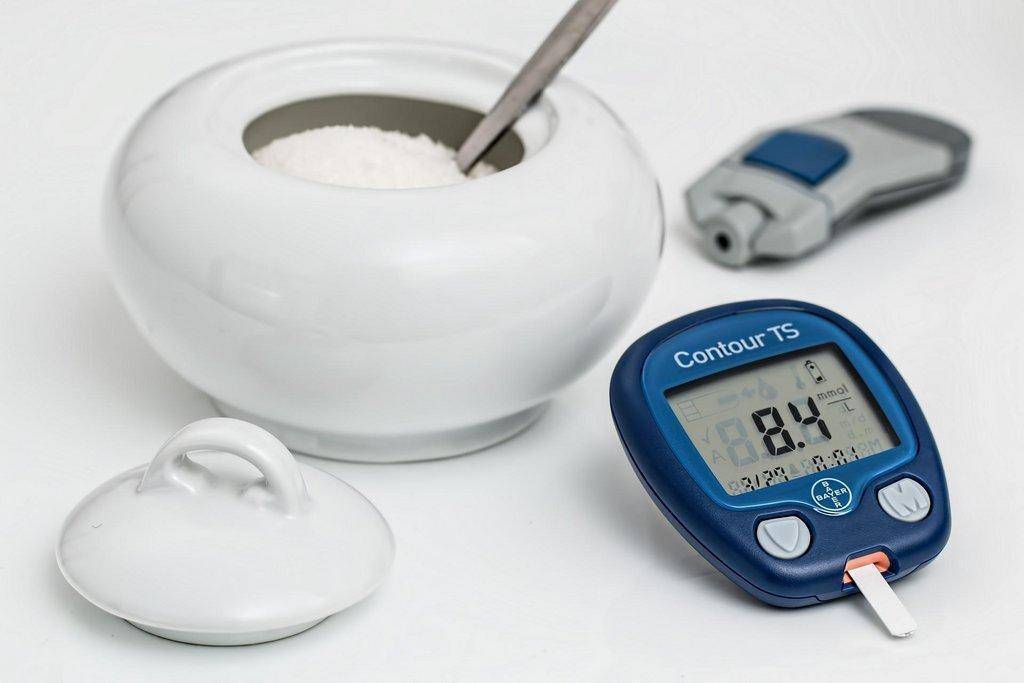Dear Savvy Senior,
What can you tell me about prediabetes, and how can you know if you have it? My 62-year-old husband, who’s in pretty good shape, was recently diagnosed with prediabetes and didn’t have clue. Could I have it too?
Wondering Spouse
Dear Wondering,
Underlying today’s growing epidemic of type 2 diabetes is a much larger epidemic called prediabetes, which is when the blood sugar levels are higher than they should be but not high enough to be called diabetes.
The Center for Disease Control and Prevention (CDC) estimates that as many as 84 million Americans today have prediabetes. Left untreated, it almost always turns into type 2 diabetes within 10 years. And, if you have prediabetes, the long-term damage it can cause, especially to your heart and circulatory system, may already be starting.
But, the good news is that prediabetes doesn’t mean that you’re destined for full-blown diabetes. Prediabetes can actually be reversed, and diabetes prevented, by making some simple lifestyle changes like losing weight, exercising, eating a healthy diet and cutting back on carbohydrates. Or, if you need more help, oral medications may also be an option.
Get Tested
Because prediabetes typically causes no outward symptoms, most people that have it don’t realize it. The only way to know for sure if you have it is to get a blood test.
Everyone age 45 years or older should consider getting tested for prediabetes, especially if you are overweight with a body mass index (BMI) above 25. See CDC.gov/bmi to calculate your BMI.
If you are younger than 45 but are overweight, or have high blood pressure, a family history of diabetes or belong to an ethnic group (Latino, Asian, African or Native American) at high risk for diabetes, you should get checked too.
To help you determine your risk of diabetes, the American Diabetes Association (ADA) has a quick, online risk test you can take for free at DoIHavePrediabetes.org.
Diabetes Tests
If you find that you’re at risk for prediabetes, there are three different tests your doctor can give you to diagnosis it. The most common is the fasting plasma glucose test, which requires an eight-hour fast before you take it. There’s also the oral glucose tolerance test to see how your body processes sugar and the hemoglobin A1C test that measures your average blood sugar over the past three months. It can be taken anytime regardless of when you ate.
Most private health insurance plans and Medicare cover diabetes tests; however, if you’re reluctant to visit your doctor to get tested, an alternative is to go to the drug store, buy a blood glucose meter and test yourself at home. They cost around $20.
If you find that you are prediabetic or diabetic, you need to see your doctor to develop a plan to get it under control. The ADA recommends losing weight and doing moderate exercise, such as 150 minutes per week of brisk walking. And, when lifestyle changes alone don’t work, medication might. The ADA recommends the generic drug metformin, especially for very overweight people younger than 60.
For more information on diabetes and prediabetes or to find help, join a lifestyle change program recognized by the CDC (see CDC.gov/diabetes/prevention). These programs offer in-person and online classes in more than 1,500 locations throughout the U.S. Over the course of a year, a coach will help you eat healthy, increase your physical activity and develop new habits.
Send your senior questions to: Savvy Senior, P.O. Box 5443, Norman, OK 73070, or visit SavvySenior.org. Jim Miller is a contributor to the NBC Today show and author of “The Savvy Senior” book.

